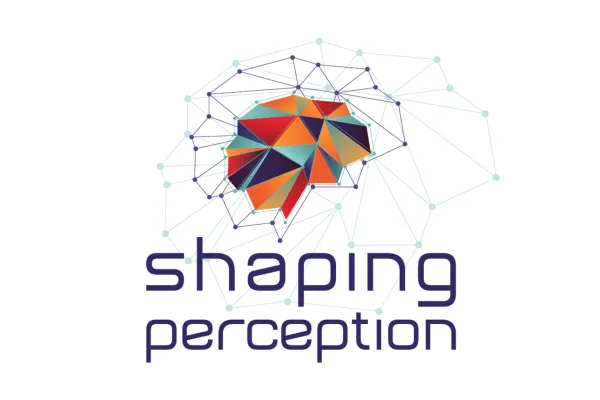Shaping Perception
Published September 1, 2016
Project Description
In The Dew Breaker by Haitian-American writer Edwidge Danticat,a young immigrant, struggling with her sense of displacement, uses the food and spices of her Haitian childhood as a perceptual substitute for home. Filtering the sensory world to evoke the familiar, she transforms a bleak reality into a tolerable one.
The work performed by Danticat's character to adapt to her new environment illustrates the theories of Eleanor Gibson, the early twentieth century psychologist (and Smith faculty) who defined perception as a form of sensory guide: at any moment in our lives, wrote Gibson, we sort and filter those variables that are most "useful" to us. Perception, she wrote, is always active and creative.
This year-long Kahn Project will explore the concept of "perception" as an essential form of human experience, an aspect of ourselves that defines who we are and how we relate to the world. Our sense of embodiment and self, our orientation to gravity, space and time, our sense of place and landscape are fundamentally linked to our perceptual systems. Perception is both active and" receptive. It is biological and creative. It is shaped by all that we have learned and all that we can imagine. The topic and study of perception has important implications for those interested in almost any field, from aesthetics to spirituality, neuroscience to history.
Indeed, while the function of the senses is a biological fact, perception is culturally constructed. Sociologists and anthropologists parse the influence of family, school, community and nation on self-perception. Perceptual incongruities create profound differences among individuals and nations. Learned bias alters perception. Research on false memory syndrome underscores the malleability of perception as do studies of patients who can transcend the perception of pain through meditation or other perceptual focusing techniques. Learning to perceive in new ways is one of the key components in our capacity to adapt and change our behavior. It is also a fundamental principle of the scientific process. Physicist David Bohm has described scientific creativity as "simply trying something out and seeing what happens." Embedded in this statement is the understanding that the essential part of the creative process, "seeing what happened," is perceptually rooted. Artists like Kara Walker play explicitly with our prejudices and fixed perceptions, staging scenes of brutality and racist sexual exploitation through quaint mediums like silhouette cutouts.
We hope to bring together faculty whose work engages the idea of perception, as it can be constructed and manipulated, with the belief that collaboration can make our own perception of our work more meaningful and more complex.
Project Fellows
- Chris Aiken, Dance, Organizing Fellow
- Marianna Apostolakis '18, English
- Jennifer DeClue, Study of Women and Gender
- Rahma Haji '17, Anthropology
- Nicholas Howe, Computer Science
- Daphne Lamothe, Africana Studies, Organizing Fellow
- Zaza Kabayadondo, Design Thinking Initiatives
- John Kingston, Linguistics, University of Massachusetts, Amherst
- Elizabeth Meyersohn, Art
- Albert Mosley, Philosophy
- Sushmitha Ram '18, Economics and History
- Jessica Ryan '17J, Philosophy
- Marjorie Senechal, Mathematics & Statistics
- Maria Wood '17, American Studies
- MJ Wraga, Psychology
- Beryl Miller, Neilson Professor 2016-17
